History
T&W Medical is owned by the Tøpholm and Westermann families. The collaboration began in 1956 when Erik Westermann (pictured on the left) and Christian Tøpholm (pictured on the right) founded Widex.
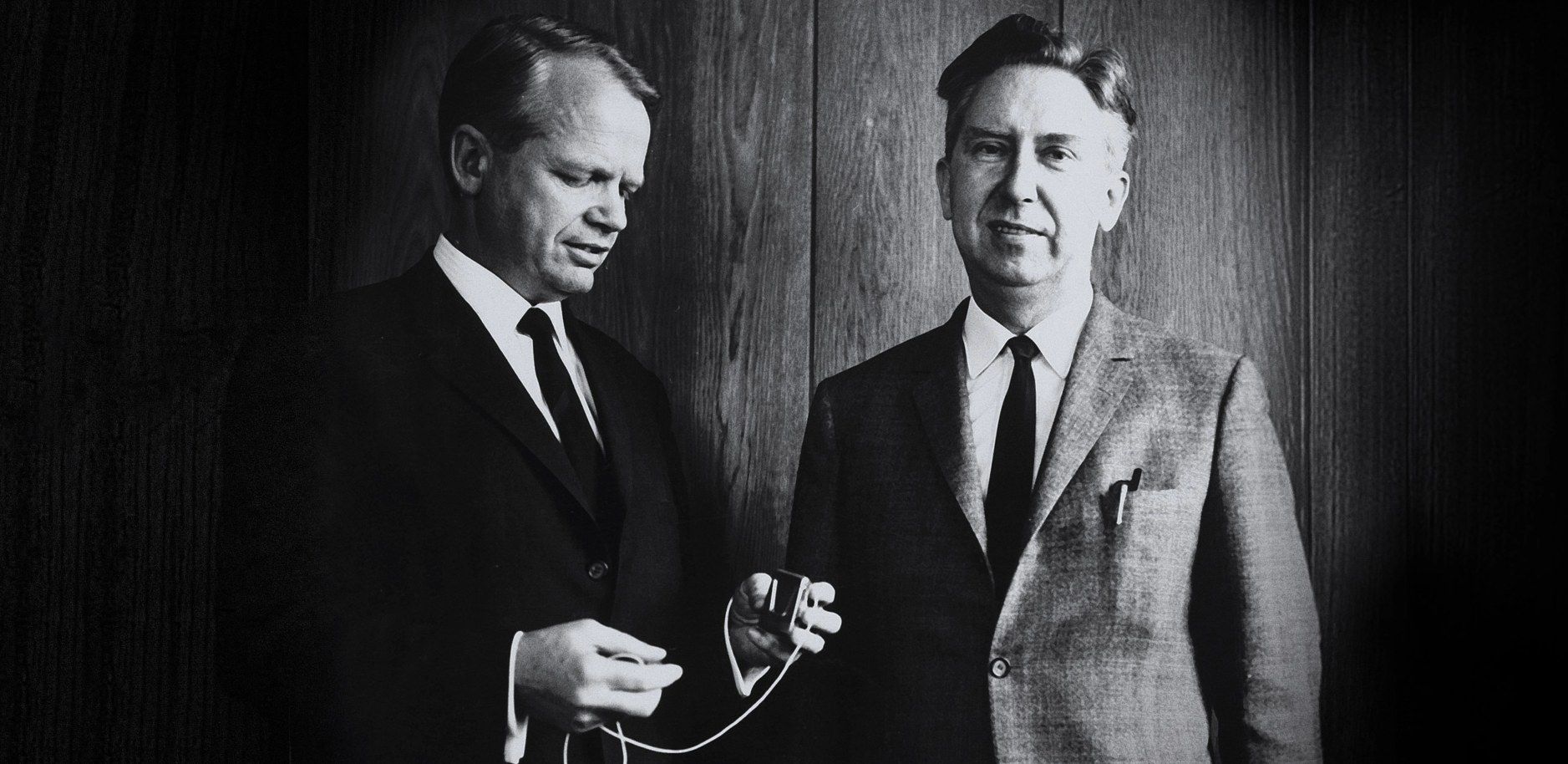
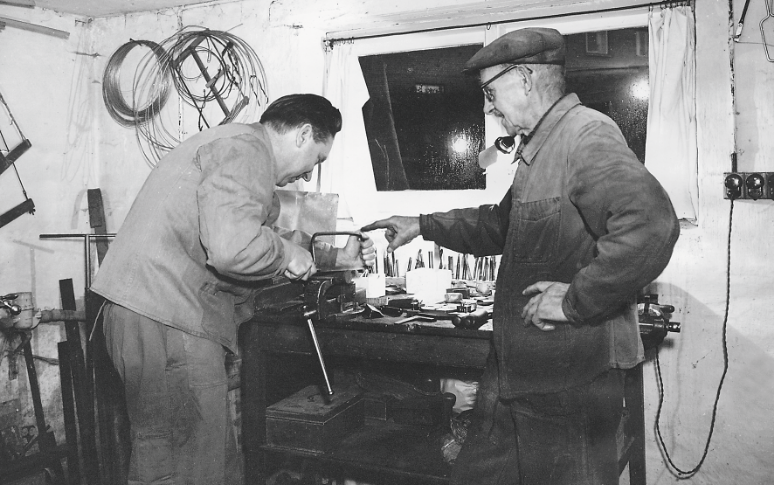
1956
A humble beginning
Ambitions are high, but resources are limited. Christian Tøpholm's basement initially serves as a combined development laboratory, workshop and production facility. Christian Tøpholm's toolmaker father helps out with his knowledge and experience. Widex launches its first hearing aid, the Widex 561, which is a body-worn device.
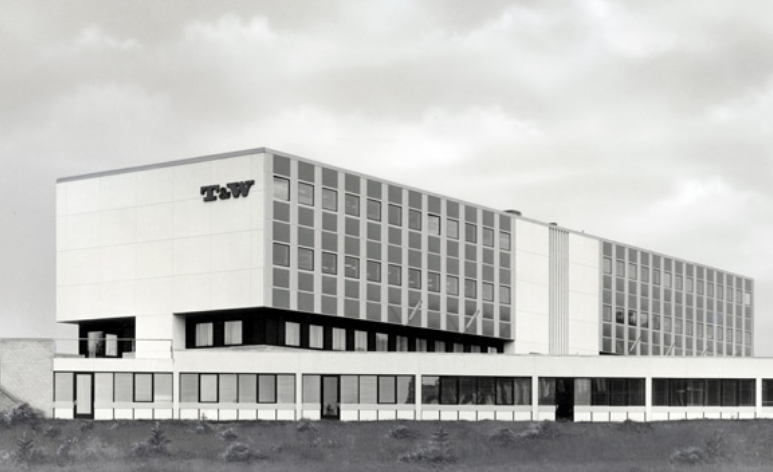
1966
Finally, master of one's own house
In the first half of the 1960s, Widex begins to grow significantly. The company now has over 100 employees. The need for more space leads Christian Tøpholm and Erik Westermann to build a new larger factory and headquarters in Værløse.
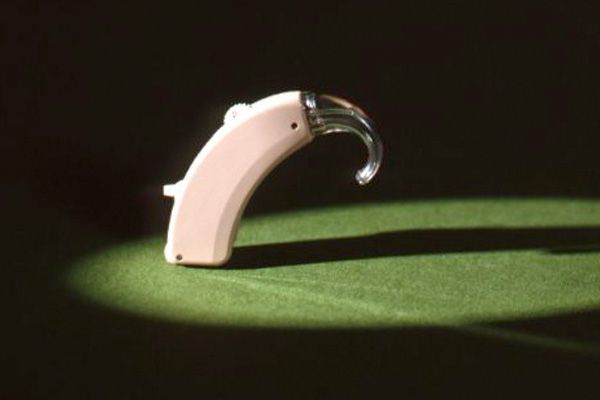
1972 – 1974
The world's first hearing aid with individual adjustment
Widex launches the groundbreaking a-series. A new type of behind-the-ear hearing aid, where the user can adjust the sound according to individual needs. Jan Tøpholm develops the so-called thin-film technology for this innovative type of hearing aid in 1974, after several years of development. The technology - a “Widex-only” - remains the leading technology until the end of the 1980s.
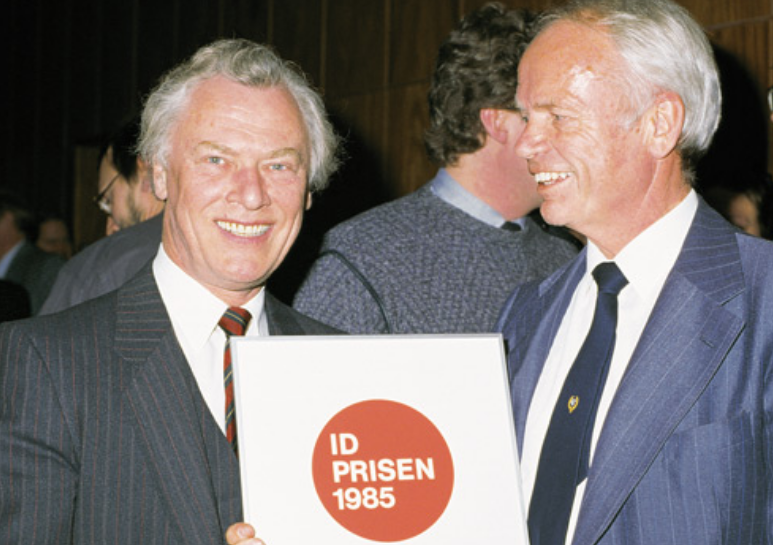
1985
Prestigious award for Widex
Widex receives the ID Prize for designing the world's first quality in-the-ear hearing aid, Audilens, developed by Christian Tøpholm. The sought after prize is awarded for exemplary industrial design.
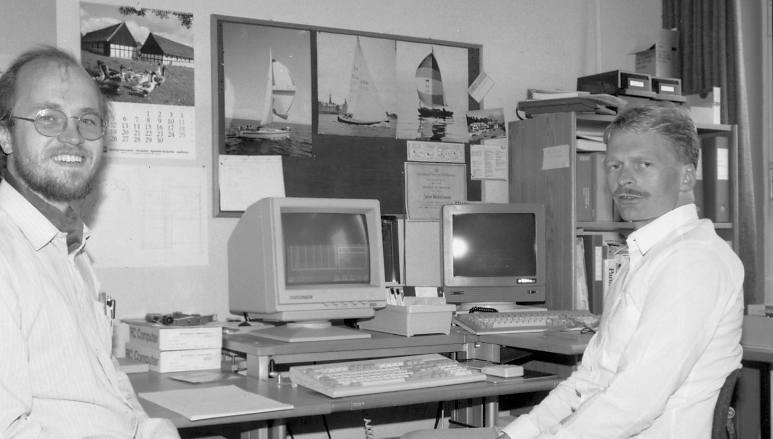
1986
The beginning of a new digital era
From 1986 to 1989, intensive work is carried out to develop a new hearing aid - Quattro - that will optimize the listening experience through digital technology. During the same period, Widex establishes a company in Hong Kong.
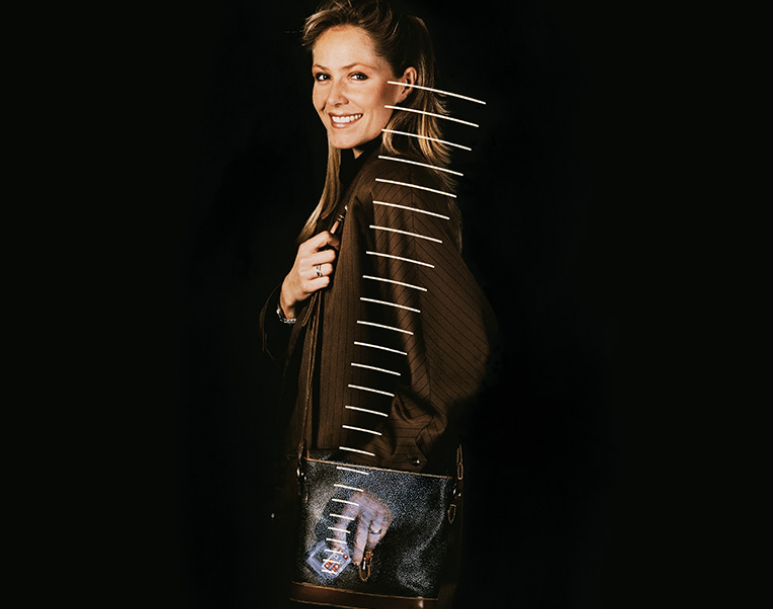
1988
Quattro brings Widex to the forefront again
The new Quattro hearing aid is launched amid great fanfare. Quattro is controlled by a wireless remote control that can be carried in a pocket. The innovative digital technology makes it possible to choose between four listening programs, just by pressing a button. Quattro is a revolutionary innovation and becomes a great international success.
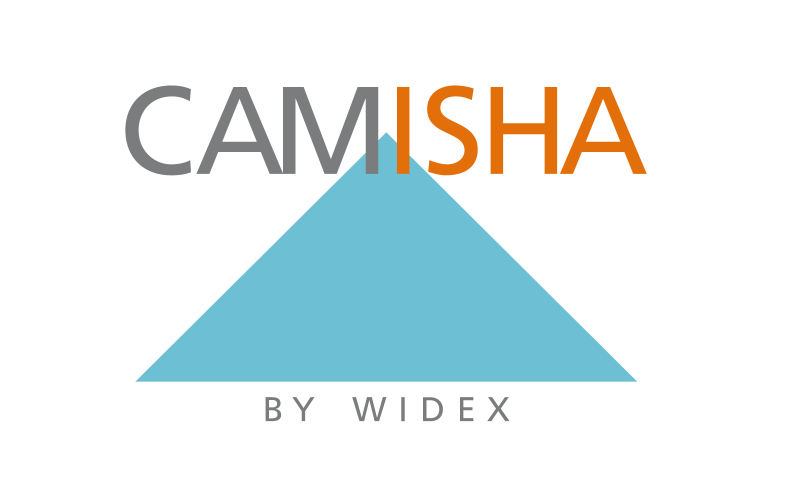
1992
CAMISHA - a patented technology used by the entire industry
Widex obtains a patent for CAMISHA (Computer-Aided Manufacturing of In-the-ear Shells for Hearing Aids). A technology for the manufacture of in-ear device shells and earplugs, which today is standard in most of the industry.
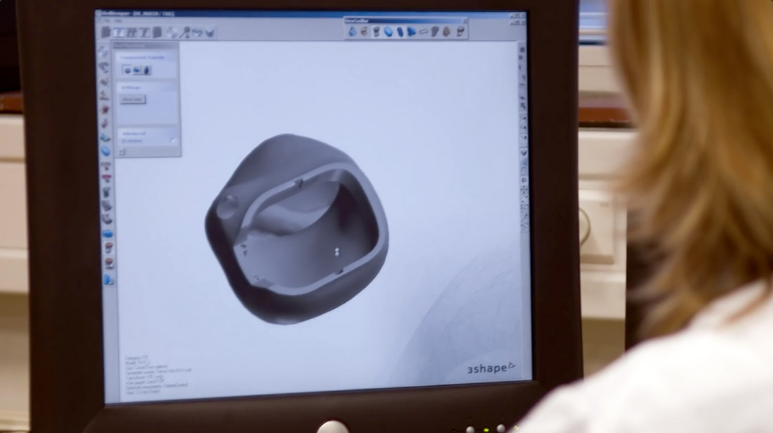
1994
New software optimizes individual adjustment
The computer software NOAH and Widex Compass are introduced to optimize the individual adjustment of Widex hearing aids. The same year, Widex undergoes an ISO-9002 certification and can now CE mark its products.
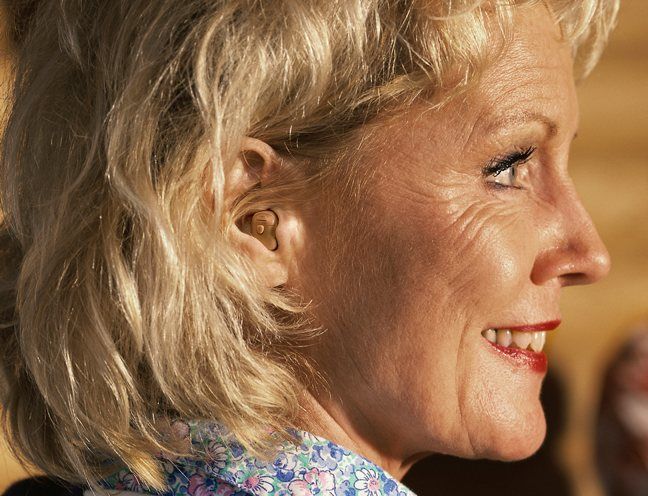
1995
Senso - the first 100% digital hearing aid
Widex presents Senso - the world's first digital hearing aid - in October at the EUHA congress in Hamburg. Fully automatic digital sound adjustment makes Senso the best and most user-friendly hearing aid on the market. Widex Polska is established the same year.
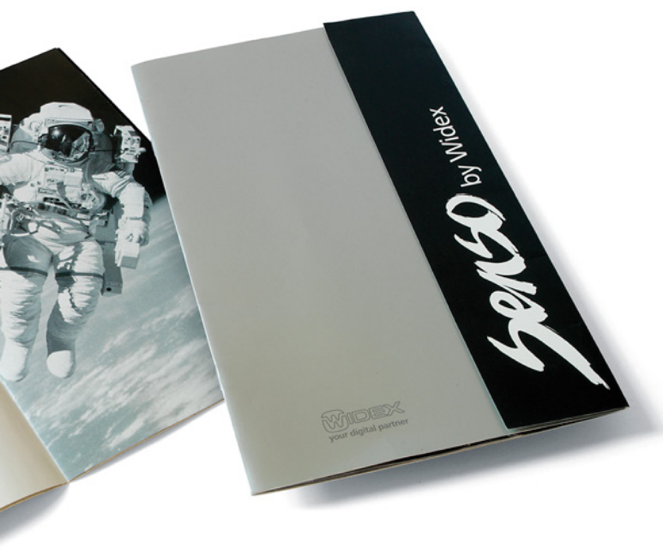
1996
Big international launch and 40th anniversary
In April, the digital Senso is launched at the Planetarium in Copenhagen for the entire global press. The celebration continues as Widex celebrates its 40th anniversary the same year. Widex acquires the majority of the shares in Micro-Technic, Germany. The company's new name becomes Widex Micro-Technic GmbH - which later changes to Widex Hörgeräte GmbH.
In August of the same year, K/S HIMPP (Hearing Instrument Manufactures Patent Partnership) is established.
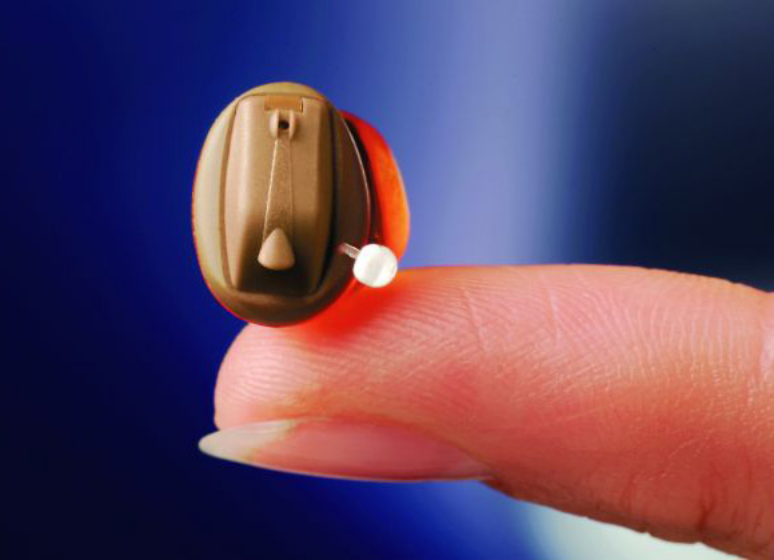
1997
Big sound in the world's smallest digital hearing aid
In 1997, Widex succeeds in developing and producing a version of the digital Senso hearing aid for placement deep inside the ear. Senso CIC becomes a sensation, as it has never been possible to achieve such great sound in such a small hearing aid before.
The same year, Widex establishes a company in Australia after taking over the dealer's business. Widex also establishes a subsidiary in India as the first international hearing aid manufacturer and takes over Japan Hearing Aid Sales Company in the fall.
Widex Switzerland celebrates its 25th anniversary.
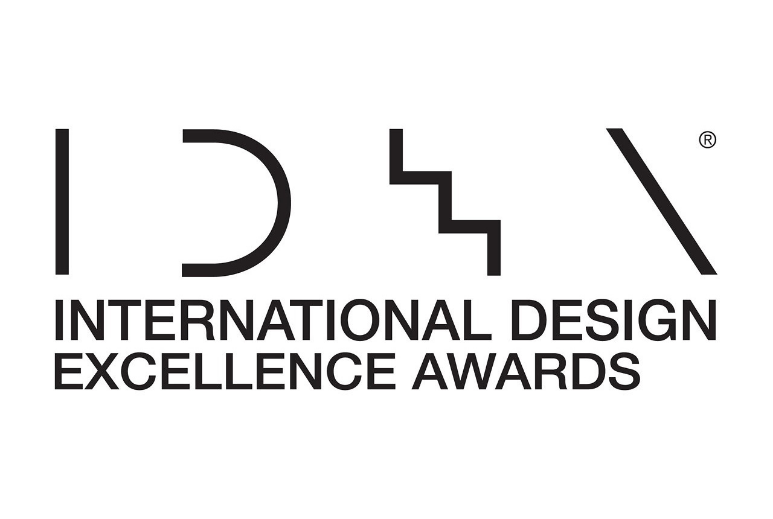
1998
Revolutionary technology on the edge of possibility
Widex is awarded a gold medal in the American IDEA awards (International Design Excellence Award). The award is given for the world's most advanced hearing aid, the digital Senso CIC with several new unique features. One innovation is the specially designed CeruSTOP wax guard, which Widex patented the same year.
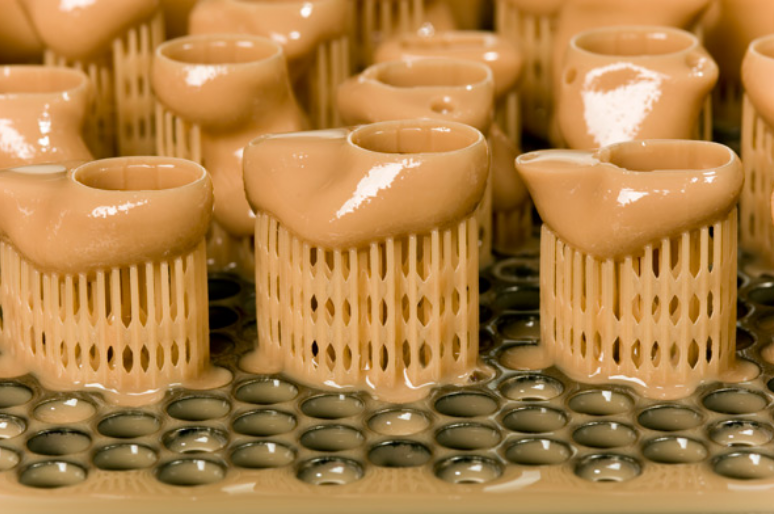
2001
Perfect fit in the ear
Widex introduces its patented CAMISHA technology and begins producing “computer-drawn” hearing aids that are perfectly tailored to each user's ear canal. The new advanced Senso Diva hearing aid is showcased at the EUHA trade fair in Nuremberg and subsequently launched in December. Tøpholm & Westermann ApS and Widex ApS merge to become WIDEX A/S.

2006
The first 50 years are celebrated
Widex celebrates its 50th anniversary on 6 June, with employees and partners from all over the world. The same year, Widex presents the unique SCOLA system for the first time, developed for teaching children with hearing impairments. This takes place at AAA in Minneapolis. At the same time, the groundbreaking Inteo series is presented, which can provide the user with a 100% tailor-made listening experience. The AIKIA hearing aid series is showcased at the EUHA in Frankfurt in October.
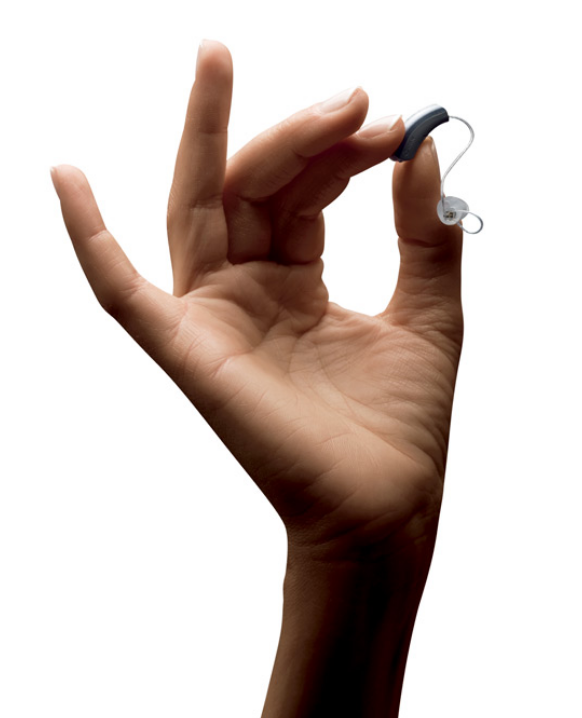
2007
Passion for detail
An eye for detail has always been vital for Widex's success.
In 2007, Micro M is introduced, which is smaller, with even more advanced models in the existing Widex series Inteo, AIKIA and Flash. The same year, Widex introduces nanotechnology in production for the first time.
Collaboration in the Nordic region is strengthened with the establishment of the ORCA research centre in Stockholm and the new subsidiary Widex Akustik OY in Finland. In October, the management decides to start construction of a new and larger headquarters in Lynge.
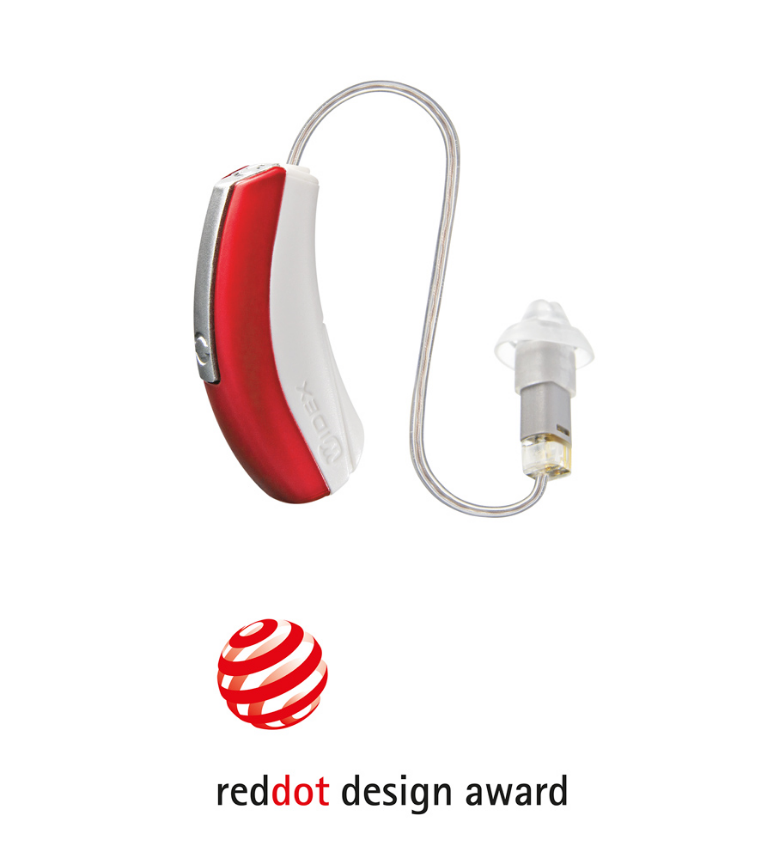
2009
Honours to Widex
2009 is a year of great recognition for Widex. They receive the prestigious Red Dot Award for their hearing aid series Passion, as well as the ”Entrepreneur of the Year” award founded by Ernst & Young.
In April, high-end hearing aids Mind 440 and Mind 330 are introduced. In October, the Clear series is showcased, which uses innovative wireless technology to optimize interaction with external equipment such as mobile phones. At the same time, a new series of wireless personal accessories (Dex) is presented.
Widex establishes subsidiaries in Russia, South Africa, South Korea, Ireland and Sweden, as well as production in Estonia. Sales and marketing director Tom Westermann retires in August, after 34 years in the firm.

2010
A building beyond the ordinary
In February, Widex moves to the new headquarters in Lynge. It is a circular building covering 34,000 m2 with geothermal energy, solar cells and its own wind turbine. An iconic building with a focus on both a healthy work environment and climate (0 energy & 0 CO2).
In April, Widex introduces the new top models Clear Passion and Mind 220, along with a brand new product, Baby 440. A miniature sized hearing aid, specially developed for very young children with hearing loss.
Widex establishes its own company in England, Widex UK, and acquires Hal-Hen/Widex New York, which is subsequently renamed Widex USA.
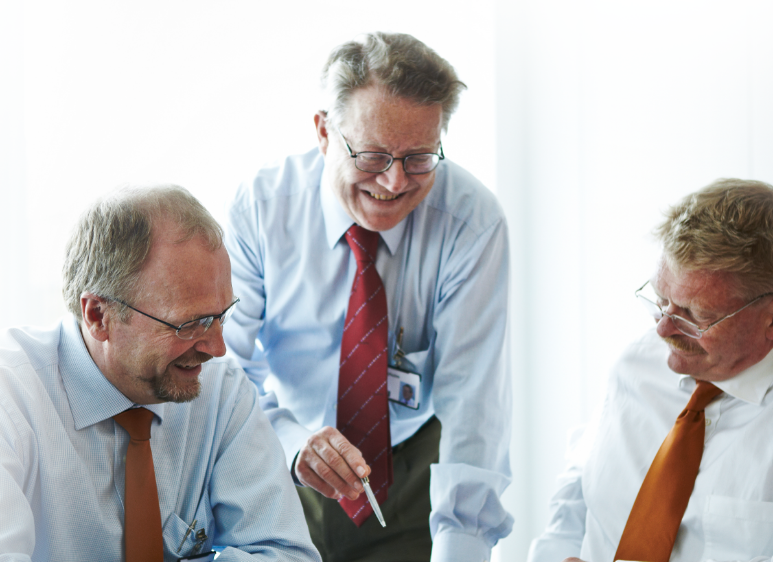
2013
New daily management in Widex A/S
Jan Tøpholm, Søren Westermann and Anders Westermann step down from the daily management of Widex on 1 September and Jørgen Jensen becomes the new CEO. Jan Tøpholm becomes Chairman of the Board.
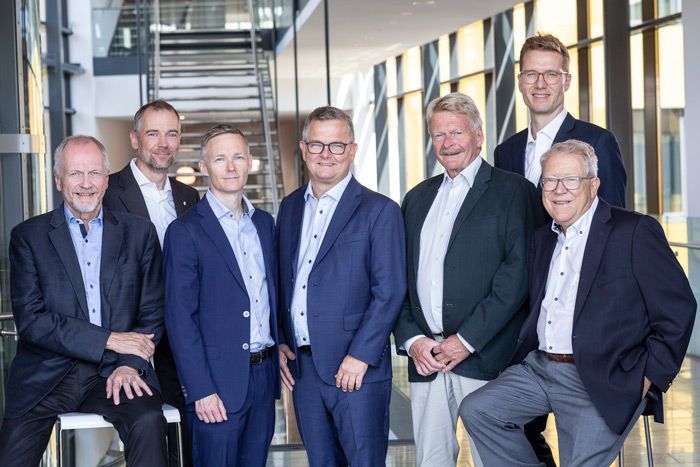
2014
Tøpholm and Westermann establish the Family Office
Tøpholm and Westermann establish the Family Office on 1 December, with the goal of managing the families' collective assets. Lars Nørgaard is hired as CEO and takes up his position on 1 April 2015.
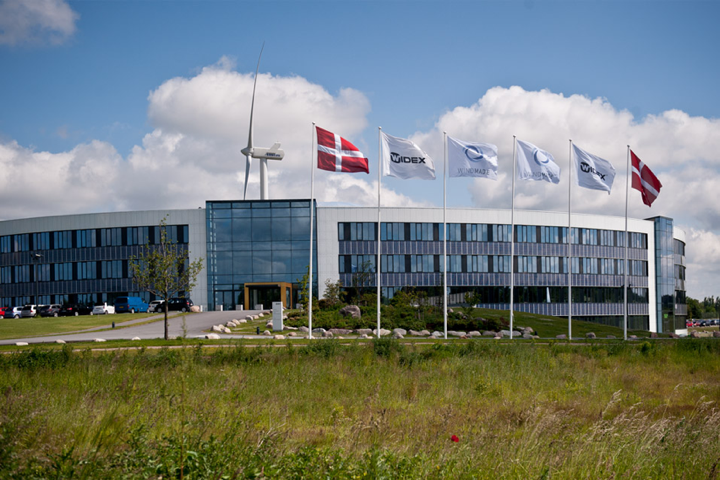
2016
60th anniversary
Widex celebrates its 60th anniversary with employees all over the world.
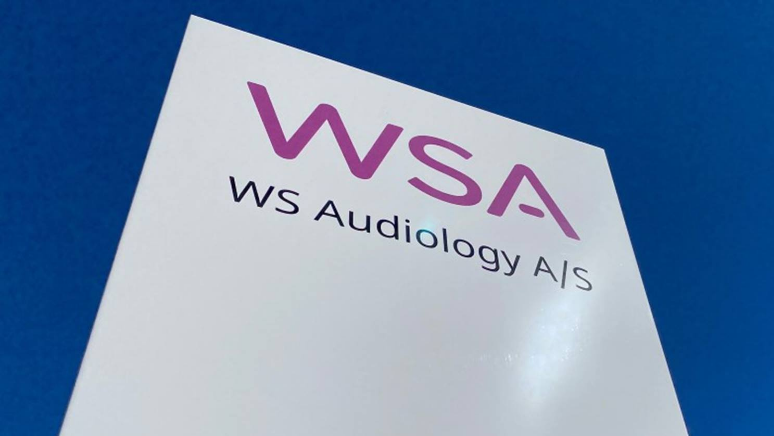
2019
Widex and Sivantos merge
Two of the world's largest hearing aid manufacturers, Widex A/S and EQT/Sivantos, merge on 28 March after final approval by the European Commission. Jørgen Jensen resigns shortly after as CEO of the new company, WS Audiology. Eric Bernard, who joined the company a few months earlier, is appointed as the new CEO. Widex Holding A/S is renamed along with the Family Office to T&W Medical A/S.